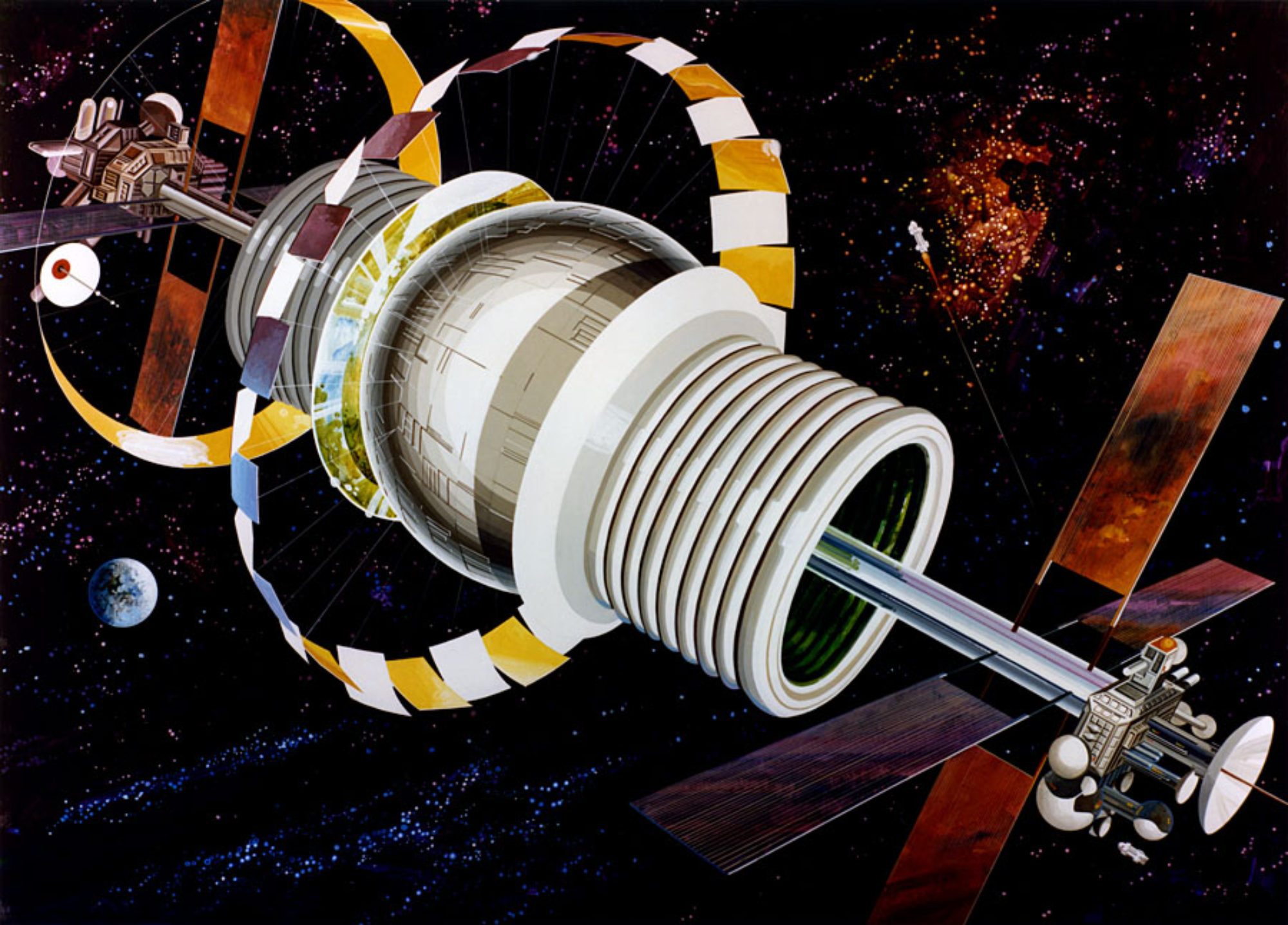
A small New Jersey company called Princeton Fusion Systems (PFS) is close to developing a nuclear rocket using an innovative reactor that could also have applications that are down to Earth. Called the Princeton Field Reversed Configuration (PFRC) reactor, the system is based on over 15 years of research at the Princeton Plasma Physics Laboratory (PPPL), with funding primarily by the U.S. DOE and NASA. PFS, a subsidiary of Princeton Satellite Systems, could have a space based system by the end of this decade which could significantly reduces trip times to the outer solar system and increase payload capability while ensuring a robust power source at the designation. The second iteration of the research reactor, PFRC-2, is currently undergoing testing at PPPL.

The PFRC reactor is simple, small and produces very little radiation through the fusion of deuterium and helium-3. This makes it uniquely suited for space-based applications. The field-reversed configuration is a magnetic-field geometry in which a toroidal electric current is induced in a cylindrical plasma by radio frequency (RF) heating. The plasma is confined in a “magnetic bottle” composed of a linear array of coaxial magnets. The design is compact (about the size of a minivan) as compared to some of the more complex fusion devices currently under development such as the ITER donut shaped tokamak. A Princeton Satellite Systems video explains how the PFRC reactor is used in a DFD for space applications by exhausting fusion byproducts out one end of the device through a rocket nozzle:
In May of 2019, Stephanie Thomas, a VP at Princeton Satellite Systems made a presentation at the Future In-Space Operations working group on the DFD technology. Of particular note was the slide on the product development roadmap on technology readiness for flight hardware. If all goes according to plan, fusion could be achieved in the fourth generation research reactor PFRC-4 within 5 years and a flight ready payload could be launched before this decade is out.

Travel time for a 1-2 MW fusion engine and 10,000 Kg payload would be 1 year to Jupiter, 2 years to Saturn and 5 years to Pluto, a significant reduction over chemical rockets using gravity assists. Many other missions to the outer solar system and beyond have been scoped by Princeton Satellite Systems using this technology. In his thesis for a Master Degree in Aerospace Marco Gajeri used the DFD architecture to design a trajectory for a mission to Titan. This blog covered a trip to Saturn using the DFD back in 2019. An interstellar mission to Alpha Centuari has also been considered.
The PFRC reactor has a multitude of clean energy applications on Earth as well:
Update March 10, 2023: An engineering analysis of the feasibility of of the Direct Fusion Drive has just been published by Yuvraj Jain and Priyanka Desai Kakade in Acta Astronautica










